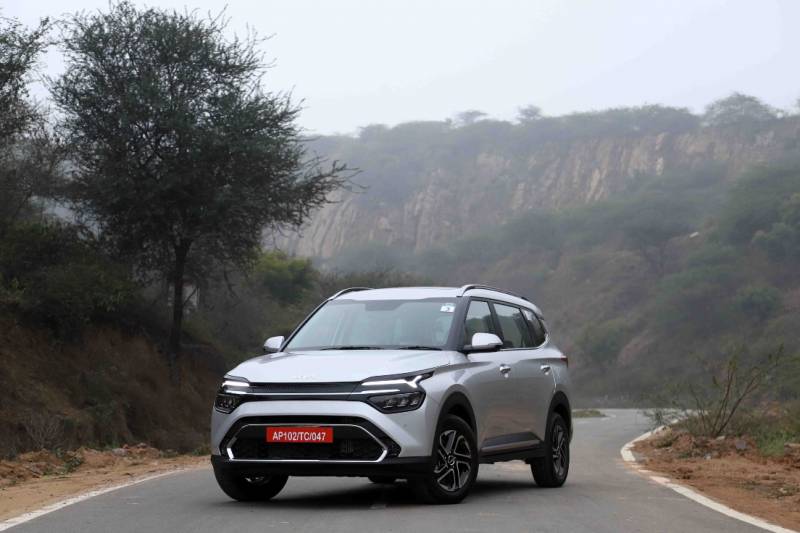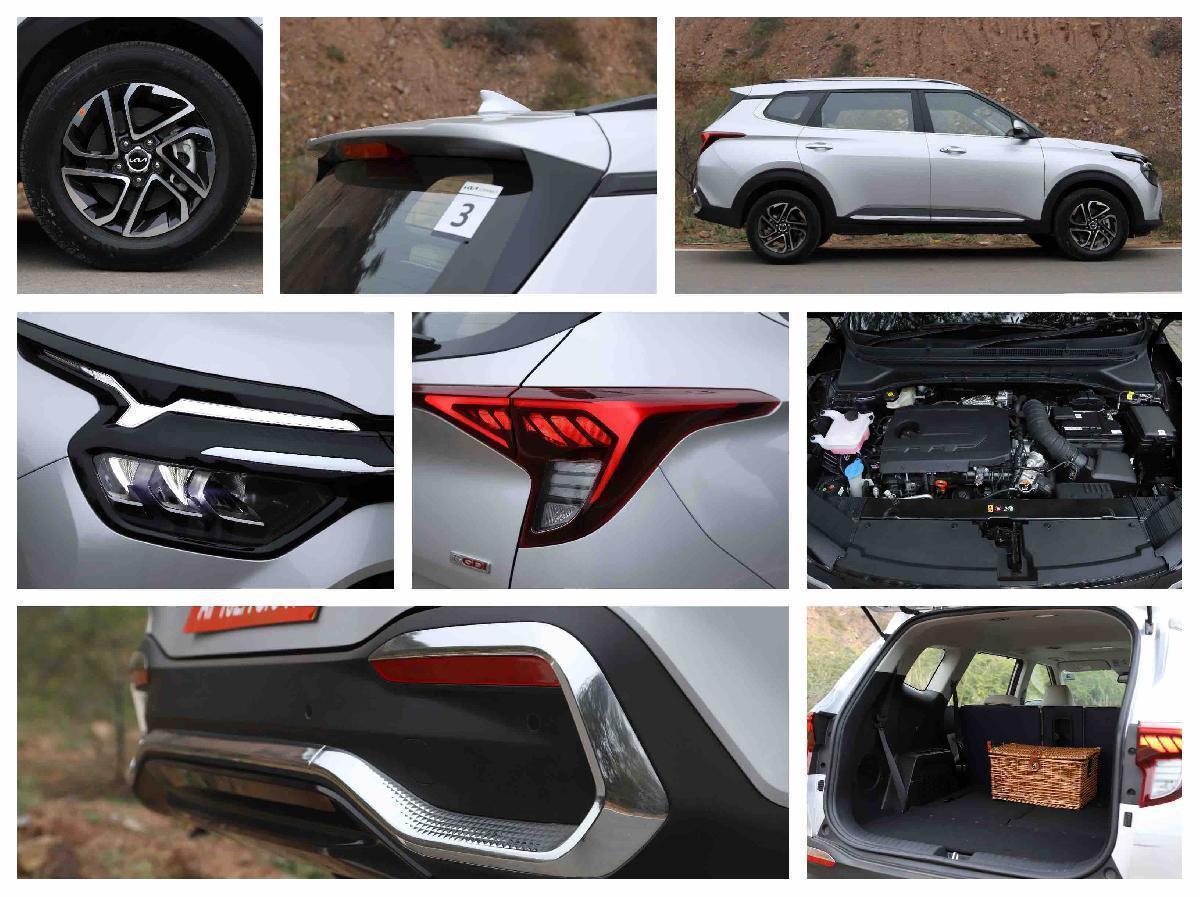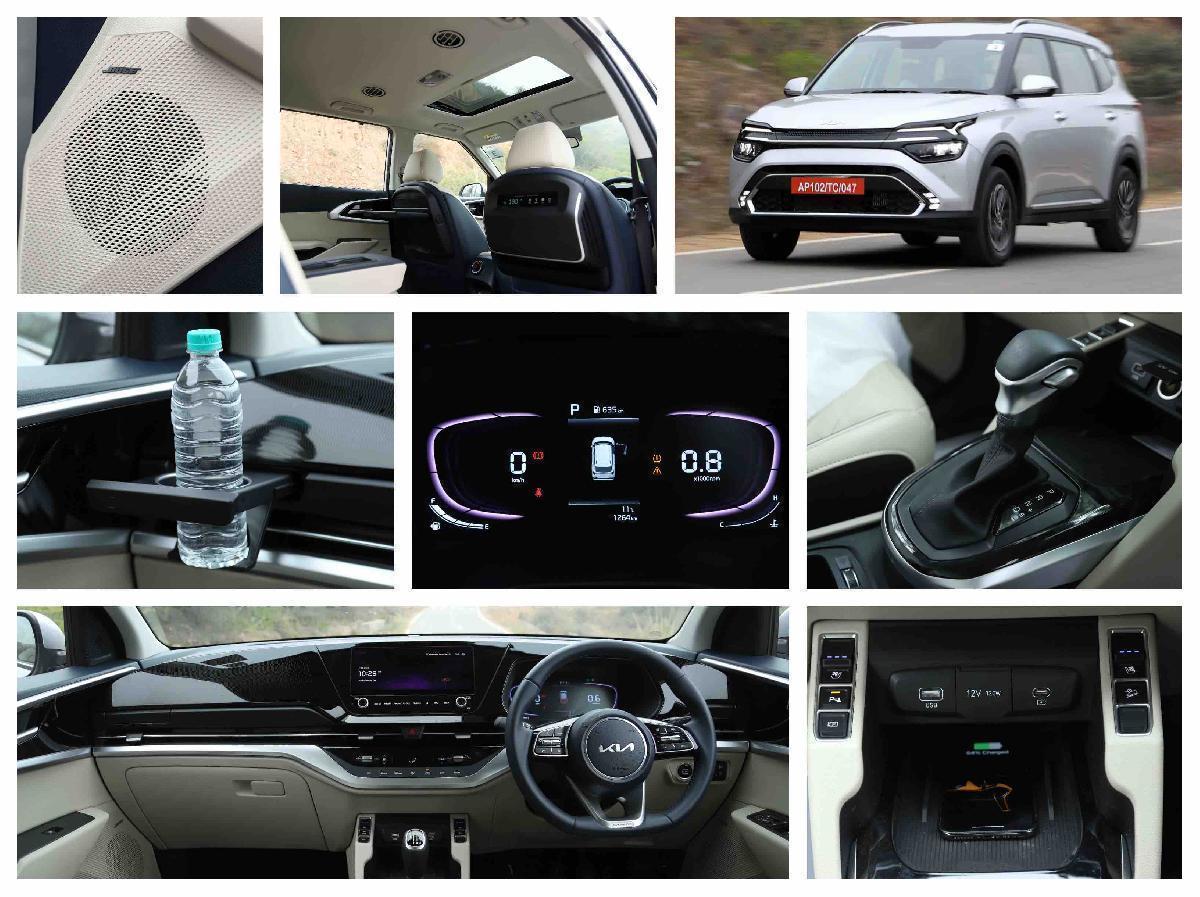
By : RAHUL KAPOOR
NEW DELHI :
The name Carens was first used for a compact MPV back in 1999. The name is derived from the words "Car" and "Renaissance". The name was not generated by the Karen meme for entitled people. It is pronounced “Car”-“Ens”. Now, in its fourth generation, Kia India is looking at introducing the name for the local market. However, over the years, we have been expecting automakers to keep up with the SUV-dominated styling and stance for nearly all their models. So you can imagine our bewilderment when we saw that the Carens isn’t entirely designed to be one.
Unlike the Hyundai Alcazar, the Kia Carens is not an SUV. But, Kia doesn’t like us referring to it as an MPV either. They’d rather call it a ‘Recreational Vehicle’ (RV). In other parts of the world, an RV is essentially a caravan. But the Carens isn’t that either. Anyway, this isn’t an attempt at dissecting their marketing strategy, so let us get down to telling you more about the vehicle.
The Carens uses the same K2 platform as the Seltos, Creta, and Alcazar. So the dimensions are similar as well. It measures 4,540 mm inn length, is 1,800 mm wide, and 1,700 mm tall. The Carens has an even longer wheelbase than the Alcazar measuring in at 2,780 mm. Kia says the vehicle has been designed to offer the maximum amount of interior space.
The styling, on the other hand is unconventional. The Carens looks nothing like the Seltos or a Kia from the past in the Indian market. That is because it uses the brand’s new “Opposites United” design language. The tiger-nose grille at the front is now a tiger-nose… face. The headlamps and LED DRLs have a new interesting “Star Map” concept. The rear of the vehicle is quite sporty and aggressive that follows the sharp styling theme.
In silhouette, the Carens, does largely resemble an MPV. Sure the added ground clearance does look a touch better with a crossover-like stance, but the 16-inch wheels don’t help the cause. A set of 17-inch wheels like the Seltos, we feel would fill the arches better, and make look less “MPV-ish”.

Just like the exterior gets a refreshing design, the interior also follows suit in the styling department. The dash looks sleek, simple, yet modern. Nothing too flashy. However, instead of black, beige, or grey trim, the upper half of the interior trim, and the steering wheel are finished in a very elegant shade of blue. Not something we see often. The staple tech and features are of course made available.
There is the definitive 10.25-inch touchscreen infotainment system. Kia decided the climate control and quick access switches would be touch capacitive buttons, which is a shame. But we were happy to see a physical volume knob. Other features include an air-purifier neatly placed on the back of the driver’s seat, ventilated front seats, an 8-speaker Bose sound system, a sunroof, and 64-colour LED ambient lighting. The latest generation of UVO Connect is also available.
There is plenty of space inside the cabin. The front seats are particularly comfortable, but under-thigh support leaves room for improvement. The second row can be had with two captain seats or a bench seat for three. Both options offer well-contoured seats as well as room. We particularly loved the button-operated one-touch folding mechanism that grants easy access to the third row. The space in the third row is also quite comparable to competition. It would be quite a comfortable spot for short journeys.

The engine options on the Carens are nearly identical to the Seltos. The ones we sampled include the 1.4-litre turbo petrol with the 6-speed manual transmission. In addition to the 1.5-litre turbo diesel with the 6-speed automatic.
After driving both for half a day each, we reckon the 1.4-Turbo is the ideal engine for the Carens. The motor is extremely refined and smooth to accelerate. The transmission is easy to operate and the clutch is extremely light. The engine produces around 140hp and 242Nm of torque – plenty of performance for what the Carens will ever need. Power delivery is largely linear. However, it does suffer from the lack of low-end grunt, inherent with the modern turbo petrol motors.
The 1.5-litre diesel isn’t bad to drive. However, it does have a noticeable turbo lag. There is little urgency from the motor and you really need to step on it to get it going. We felt that with a full load of passengers and luggage, 115 hp, despite 250Nm of torque may not be adequate. The automatic gearbox while smooth, does take time to respond.
The cabin of the Carens has been insulated well to reduce noise. While the turbo petrol is very well refined, the diesel engine could do better in terms of refinement.
The ride is fairly good for both variants. The suspension does very well to absorb the bumps. For what most people will seek from the Carens, the vehicle handles well even during spirited driving.
Kia is keen to ensure that the occupants in the vehicle are safe. So, in addition to the mandatory safety features, six airbags will be offered as standard for the Kia Carens.
The boot of the vehicle is great with or without the third row of seats folded. The Carens is a practical vehicle that will suit the needs of most buyers in this segment. The competition may have some elements that are better than the Carens. However, Kia, we feel will be able to make a better value proposition as compared to its rivals.
Prices are expected to undercut the Hyundai Alcazar. The Kia Carens is expected to start from INR 12 lakh. That would put it right into the Maruti Suzuki XL6 and the Mahindra Marazzo territory. The Carens does look at offering good value to a larger family, who may not wish to splurge the extra dosh on the larger and premium Carnival.
